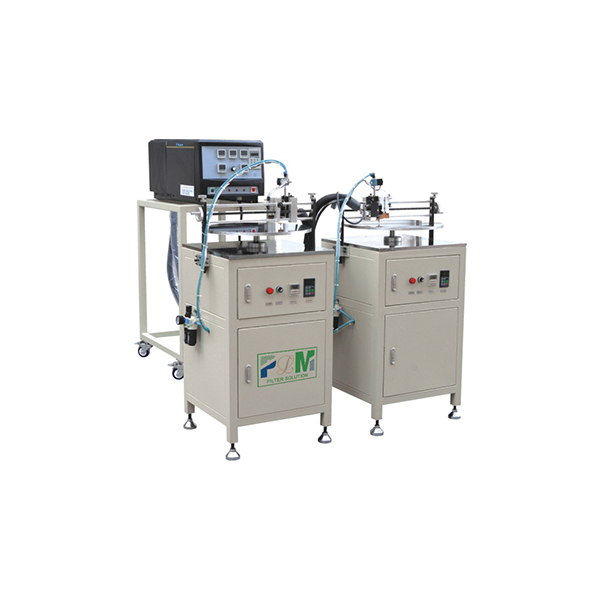Nov . 18, 2024 00:00 Back to list
wastewater treatment plant service
Wastewater Treatment Plant Services Ensuring a Sustainable Future
Wastewater treatment plants (WWTPs) play a critical role in environmental protection and public health. They are designed to process and treat wastewater, converting it into effluent that can be safely released into the environment or reused for various purposes. The importance of WWTP services cannot be overstated, as they help mitigate the adverse effects of wastewater disposal and promote sustainable practices.
The Importance of Wastewater Treatment
Water is an essential resource for life, and with the global population increasing and urbanization accelerating, the demand for clean water has never been greater. Unfortunately, alongside this demand arises a significant challenge managing wastewater. Untreated wastewater can lead to severe pollution of water bodies, causing harm to aquatic ecosystems and posing health risks to humans.
Wastewater treatment plants serve as the frontline defense against such pollution. They employ a variety of physical, chemical, and biological processes to remove contaminants from wastewater. The end goal is to produce treated effluent that meets or exceeds regulatory standards for environmental discharge or reuse. This ensures that water bodies are protected, and communities have access to safe and clean water.
Components of Wastewater Treatment Services
1. Preliminary Treatment This is the first step in the wastewater treatment process. It involves the removal of large debris and solid materials, such as sticks, plastics, and other items that could damage equipment or hinder treatment processes. Screens and grit chambers are commonly used in this phase.
2. Primary Treatment During this phase, wastewater is allowed to settle in large tanks. This allows heavier solids to sink to the bottom, forming sludge, while lighter materials, such as oils and grease, float to the top and are skimmed off. This step reduces the overall load on subsequent treatment processes.
3. Secondary Treatment This phase is crucial for degrading organic matter and removing nutrients. It typically involves biological processes where microorganisms break down wastewater contaminants. Methods like activated sludge systems, trickling filters, and membrane bioreactors are employed to ensure effective treatment.
4. Tertiary Treatment This is the final stage of treatment, which further purifies the effluent and removes any remaining impurities. It may include filtration, chemical dosing, and disinfection processes such as chlorination or ultraviolet (UV) light treatment. Tertiary treatment ensures that the effluent meets stringent regulatory standards.
wastewater treatment plant service

5. Sludge Management The by-product of wastewater treatment is sludge, which requires proper management. Dewatering, stabilization, and recycling are critical processes in sludge management. Treated sludge can be used as fertilizer, reducing waste and promoting circular economy principles.
Benefits of Wastewater Treatment Services
The benefits of effective wastewater treatment services are numerous
- Environmental Protection By treating wastewater, WWTPs significantly reduce the risk of water pollution, helping to preserve aquatic ecosystems and biodiversity.
- Public Health Proper treatment of wastewater minimizes the threat of waterborne diseases, ensuring that communities have access to safe drinking water and reducing the chances of public health crises.
- Resource Recovery Advanced treatment technologies can facilitate the recovery of resources from wastewater, such as energy (biogas) and nutrients (nitrogen and phosphorus), which can be reused in agriculture.
- Economic Development Efficient wastewater treatment supports economic growth by promoting water reuse and ensuring that industries have access to the water they need for operations while adhering to environmental regulations.
- Climate Resilience With climate change leading to more extreme weather events, wastewater treatment plants can enhance community resilience by managing stormwater and treating runoff, reducing the risk of flooding and contamination.
Conclusion
Wastewater treatment plant services are a vital component of sustainable development and environmental stewardship. As we face growing challenges related to water availability and quality, investing in and improving wastewater treatment processes will be essential for safeguarding both public health and the environment. By prioritizing effective wastewater management, we can lay the groundwork for a cleaner, healthier, and more sustainable future for generations to come.
-
AI-Optimized Active Carbon Filter for Air Purifiers | 51 chars
NewsAug.02,2025
-
Premium Active Carbon Air Filter for Air Purifiers | Odor Removal
NewsAug.01,2025
-
Activated Carbon Air Filters: Ultimate Odor Removal for Purifiers
NewsJul.31,2025
-
PP Spun Filter Cartridge Making Machine for Efficient Filtration Solutions
NewsJul.29,2025
-
Active Carbon Air Filter for Air Purifier - Superior Odor & Pollutant Removal
NewsJul.29,2025
-
High Strength Orange PU Glue for Versatile Bonding Solutions
NewsJul.28,2025
